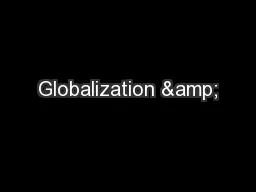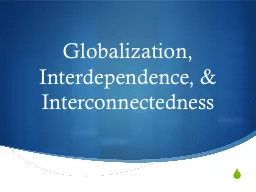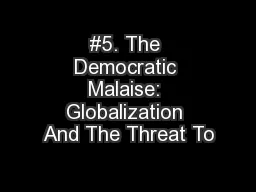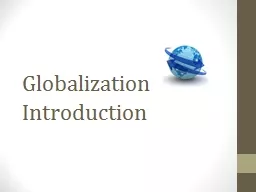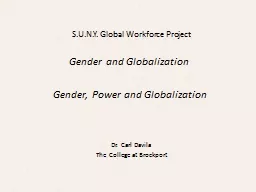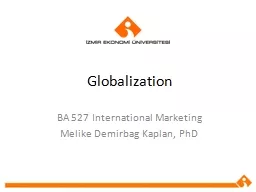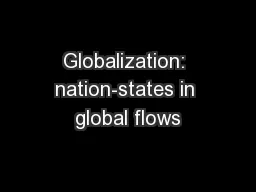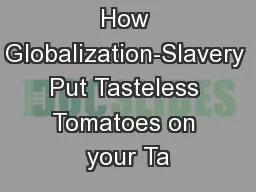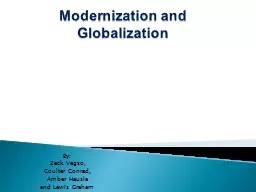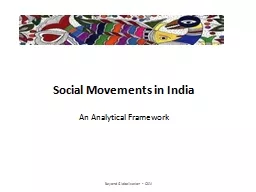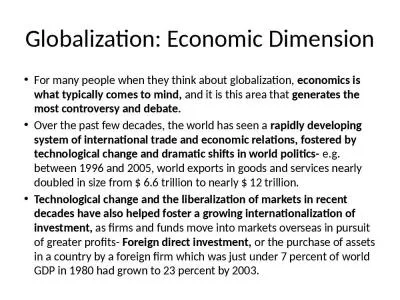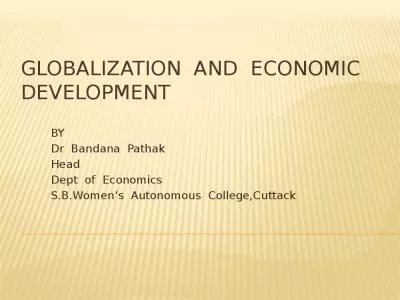PPT-How did the consequences of historical globalization affect
Author : briana-ranney | Published Date : 2017-07-02
Consequences South America Spanish brought new plants and animals mined silver and gold enslaved many Indigenous Peoples and sent all profits back to Spain Spanish
Presentation Embed Code
Download Presentation
Download Presentation The PPT/PDF document "How did the consequences of historical g..." is the property of its rightful owner. Permission is granted to download and print the materials on this website for personal, non-commercial use only, and to display it on your personal computer provided you do not modify the materials and that you retain all copyright notices contained in the materials. By downloading content from our website, you accept the terms of this agreement.
How did the consequences of historical globalization affect: Transcript
Download Rules Of Document
"How did the consequences of historical globalization affect"The content belongs to its owner. You may download and print it for personal use, without modification, and keep all copyright notices. By downloading, you agree to these terms.
Related Documents


